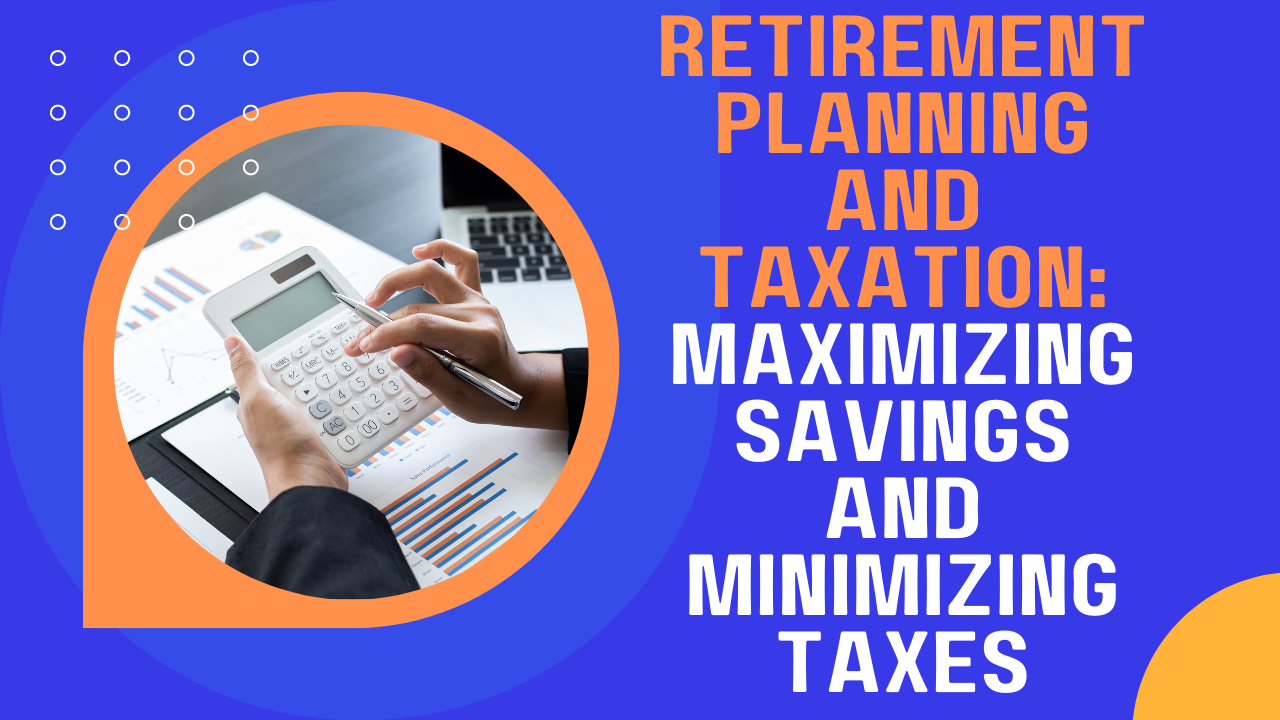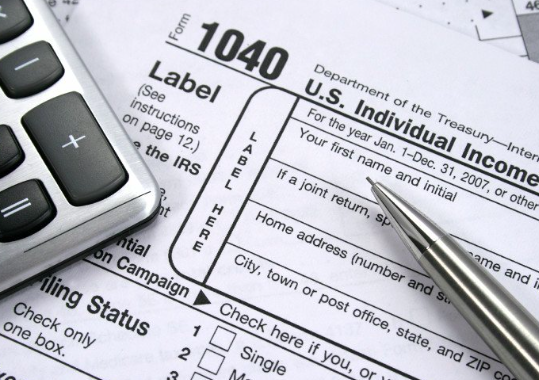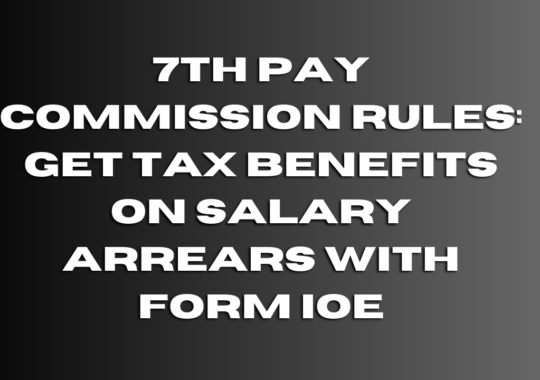Preparing for retirement is a crucial element of financial planning that necessitates thoughtful consideration and proactive action. When planning for retirement, it’s essential to comprehend the tax consequences of your retirement savings and how you can optimize your savings while minimizing your tax responsibility.
This article will cover various retirement planning strategies to help you maximize your retirement savings and save money on taxes. From utilizing tax-advantaged retirement accounts to implementing smart withdrawal techniques, we’ll provide you with a comprehensive understanding of how to optimize your retirement planning efforts.

Whether you’re just starting to think about retirement or you’re nearing retirement age, this article will provide you with valuable insights and tips to help you navigate the complex world of retirement planning and taxation. So, let’s dive in and explore the various ways you can maximize your retirement savings and minimize your tax liability!
Understanding Tax-Advantaged Retirement Accounts
Tax-advantaged retirement accounts, such as 401(k)s, IRAs, and Roth IRAs, are a great way to save for retirement while reducing your tax bill. Here are some key features of these accounts:
- 401(k)s: These are employer-sponsored retirement plans that allow you to contribute pre-tax dollars. Contributions are tax-deductible, and you don’t pay taxes on the money until you withdraw it in retirement. Employers may also offer matching contributions, which is essentially free money.
- IRAs: Individual retirement accounts (IRAs) are another tax-advantaged retirement account that you can open on your own. Traditional IRAs allow you to contribute pre-tax dollars, and you don’t pay taxes until you withdraw the money in retirement. Roth IRAs, on the other hand, are funded with after-tax dollars, but you can withdraw the money tax-free in retirement.
Utilizing Tax Deductions and Credits
Maximizing your retirement savings and minimizing taxes can be achieved through various tax deductions and credits. Some examples include:
- Catch-up contributions: Individuals aged 50 or over can make catch-up contributions to their 401(k) or IRA accounts, which allow them to save more for retirement and lower their taxable income.
- Health savings accounts (HSAs): HSAs are tax-advantaged accounts that can be used to pay for qualified medical expenses. They provide a triple tax benefit: contributions are tax-deductible, earnings grow tax-free, and withdrawals for qualified medical expenses are tax-free.
- Retirement savers’ credit: Low- to moderate-income taxpayers who contribute to a retirement account may be eligible for the retirement savers’ credit, which can be worth up to $2,000 and help offset retirement saving costs.
Diversifying Your Retirement Portfolio
Diversifying your retirement portfolio is crucial not only for investment purposes but also for tax planning. By spreading your investments across different asset classes, you can reduce your tax liability and increase your returns. Here are some effective ways to diversify your retirement portfolio:
- Invest in a variety of assets such as stocks, bonds, and alternative investments like real estate or commodities.
- Explore tax-free municipal bonds or exchange-traded funds (ETFs) that track them.
Seek the guidance of a financial advisor to create a tailored investment strategy that aligns with your objectives, risk tolerance, and tax situation.
Also read:
Exploring the Different Types of Retirement Plans and Their Significance in Financial Education
A Guide To Organizing Your Retirement Account Efficiently
What is the 6% retirement rule?
What are the five basics of money management?
FAQs
What is meant by a retirement plan?
A retirement plan refers to a specialized savings account created to generate income for an individual’s retirement period. Different kinds of retirement plans exist, such as 401(k)s, IRAs, and pensions.
Why is retirement planning significant?
Retirement planning is essential because it guarantees that you have sufficient funds to cover your expenses during your retirement years. Insufficient planning may lead to inadequate funds to support your desired lifestyle during retirement.
What are the tax benefits of retirement planning?
Retirement planning can bring various advantages from a tax perspective, including tax-deferred growth on investments, tax deductions for contributions to specific retirement accounts, and the possibility to withdraw funds tax-free during retirement.
What is a tax-deferred retirement account?
A tax-deferred retirement account is a retirement account that allows you to postpone paying taxes on contributions and investment earnings until you withdraw the funds during retirement. Examples include 401(k)s and traditional IRAs.
What is a Roth IRA?
A Roth IRA is a retirement account that allows you to make after-tax contributions, and then withdraw the funds tax-free during retirement. This is different from a traditional IRA, which offers tax-deductible contributions but requires you to pay taxes on withdrawals.
How can I minimize taxes on my retirement income?
There are several strategies you can use to minimize taxes on your retirement income, such as investing in tax-efficient funds, maximizing tax deductions for contributions to specific retirement accounts, and utilizing intelligent withdrawal strategies during retirement.
What is the ideal amount to save for retirement?
The ideal amount to save for retirement depends on various factors such as your income, lifestyle, and retirement goals. To determine your target savings amount based on your individual circumstances, it is advisable to consult a financial advisor.
At what age should I begin saving for retirement?
It’s advisable to begin saving for retirement as early as possible, ideally in your 20s or 30s. Starting to save early provides more time for your investments to grow and compound, leading to a significant increase in your retirement savings.
Conclusion
In conclusion, retirement planning and taxation go hand in hand, and it’s essential to have a solid understanding of how taxes can impact your retirement savings. By taking advantage of tax-advantaged retirement accounts, such as 401(k)s and IRAs, and strategically withdrawing funds during retirement, you can maximize your savings and minimize your tax burden.
In addition, it’s important to remain current on tax laws and regulations, collaborate with a financial advisor, and periodically evaluate your retirement plan to ensure that you’re making progress toward your financial objectives. By engaging in meticulous planning and a proactive strategy for managing taxes, you can enjoy a comfortable retirement and maximize the benefits of your diligent savings efforts. Remember, beginning early and taking persistent action over time is key.



